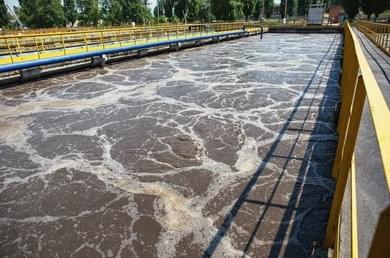A recent study from the Singapore Centre for Environmental Life Sciences Engineering (SCELSE) at Nanyang Technological University (NTU) and published in Wa | Chemistry And Physics.
This study is intriguing since one of the results of climate change is increasing water temperatures, so removing phosphorus from such waters will prove invaluable in the future, with this study appropriately being referred to as a “future-proof” method.
Since phosphorus in fresh water often results in algal blooms, removing it from wastewater prior to it being released into fresh water is extremely important. This is because algal blooms drastically reduce oxygen levels in natural waters when the algae die, often resulting in the delivery of high levels of toxins, killing organisms in those waters.
While traditional removal methods result in a large volume of inert sludge that requires treatment and disposal afterwards, this new SCELSE-developed method does not involve chemicals, most notably iron and aluminum coagulants. Using this new method, the research team was successful in removing phosphorus from wastewater at 30 degrees Celsius (86 degrees Fahrenheit) and 35 degrees Celsius (95 degrees Fahrenheit).









Comments are closed.